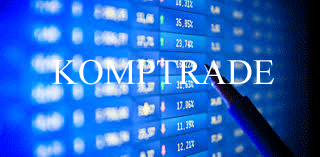Résultats de recherche
114 results found with an empty search
- Further rise in the price of Brent amid the global energy crisis. October 18, 2021
Oil prices continued to rise last week for the fifth week in a row. Last Friday, Brent temporarily exceeded $ 85 / b (Fig 1) amid a global energy crisis exacerbated by rising gas and coal
- Merkel tries to allay fears over Nord Stream 2
Sturday 11/09: On the sidelines of her summit in Warsaw, German Chancellor Angela Merkel tried on Saturday to allay fears about the Nord Stream 2 gas pipeline
- Tensions around the Nord Stream 2 gas pipeline connecting Russia to Germany.
Friday 10/09, After years of controversy, the Nord Stream 2 gas pipeline is now complete, increasing tensions between Ukraine and Russia.
- The Nord Stream 2 gas pipeline between Germany and Russia is completed
Friday 10/09, Gazprom has announced the end of the construction of this gas pipeline which connects Russia to Germany under the Baltic Sea.
- Natural gas futures rose during the session in Europe
Friday 10/09, On Friday 09/10, on the New York Mercantile Exchange, Natural gas futures for October delivery were trading at $ 5.022 per million BTU (British thermal units), up 0.18%.
- Crude Oil futures rose during the session in Europe
Friday 10, Crude Oil futures rose during the session in Europe .
- Brent: oil prices consolidate
Thusday 09, Oil prices continue to consolidate in the near term after recovering to a one-month high. The economic outlook should be decisive for the future.
- Our forecast: Natural gas soon to $5 - $6, supply drop significantly.
Thursday 02/09. Even for the most skeptical, Natural gas will trade at $ 5 or more and may even double in the event of a freeze in the United States.
- Tech stocks send Nasdaq to fresh record close, boost S&P
The Nasdaq closed Wednesday at a record high, technology stocks finished higher.
- The man who has done the $11 Trillion Index Revolution
he unsung hero of modern investing spends his days on the sunny vineyards of Sonoma, California -- a world away from Wall Street.












